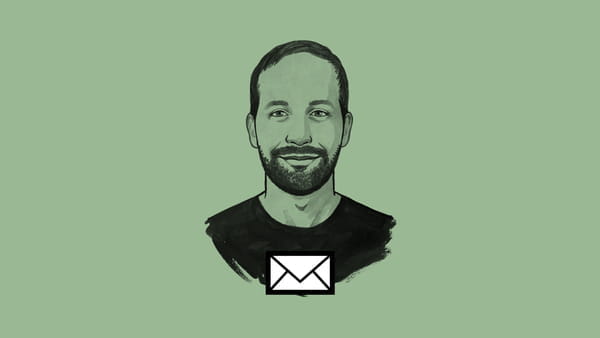Hi,
This time of year, almost every year, Bangladesh descends into watery chaos. This year of chaos, 2020, is no different.
It’s flood season in South Asia, and Bangladesh’s Ganges-Brahmaputra river delta, the largest in the world, is filled with monsoon rains flowing off the Himalaya highlands. This year’s Bangladesh floods are the worst in a decade and the longest lasting since 1988. More than one-quarter of the entire country is underwater.
It may be hard to imagine, but this is not the most intense flooding event in the region’s history. Over the past 40 years, bigger floods have hit at least three times, and climate change is making intense rainfall events like this even worse.
This is the story we are often told about Bangladesh, if we are told any story at all: it is a poster child for climate vulnerability and suffering, consigned to its fate at the hands of polluters half a world away.
Telling stories of disaster is necessary but insufficient. What if we could tell a different story about Bangladesh? What if we heard more about the Bangladesh that wasn’t weak, but strong? What if we knew the real Bangladesh, not the one caricatured through the eyes of distant journalists?
This week’s good news on climate
Last fall, the youth climate strike movement swept the world. The biggest day of climate action in history was September 20, and the youth of Bangladesh showed up too. In Dhaka, the capital, several hundred people showed up to declare a climate emergency. But in New Zealand, one of the epicentres of the strikes, the total reached hundreds of thousands.
This week, New Zealand released a comprehensive analysis of the threats it faces from climate change, everything from drinking water supply to insurance markets to kiwifruit. The assessment was ordered by a law passed in the wake of the school strikes last fall.
What made the movement successful in New Zealand, but not in Bangladesh? What would a global climate movement look like if it was designed specifically for Bangladesh?
As a white, cisgendered, straight, relatively wealthy, visibly abled man based in the United States, I don’t know very much about what daily life is like in Bangladesh. I am not the best person to tell the story of these floods, what they mean to people who live there, or what a better future looks like for people harmed by them. But with my platform as Climate correspondent, I have the power to gather stories from people who live there and share them widely.
Within the country, of course, there are a huge number of viewpoints. I’d love to hear as many of them as possible.
If you, or someone in your personal or professional network lives or works in Bangladesh, I’d love to hear from you. I’d love to hear specifically about the kind of future you’re working for, the kind of Bangladesh you know is possible. The Bangladesh of your dreams.
I’ll be collecting stories over the next few weeks. Many thanks in advance for any help you’re able to provide.
 Would you like to receive my newsletter in your inbox?
Follow my weekly newsletter for an insight into the work, thoughts and ideas that go into being a Climate correspondent.
Would you like to receive my newsletter in your inbox?
Follow my weekly newsletter for an insight into the work, thoughts and ideas that go into being a Climate correspondent.

